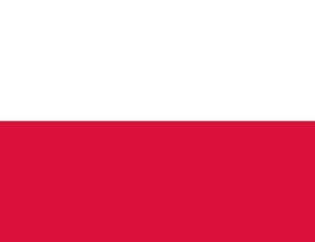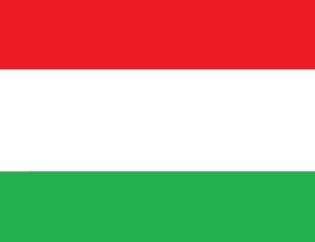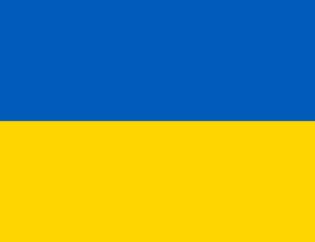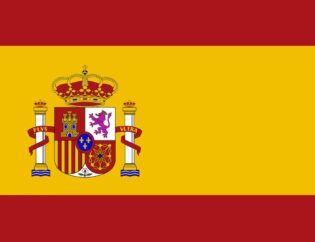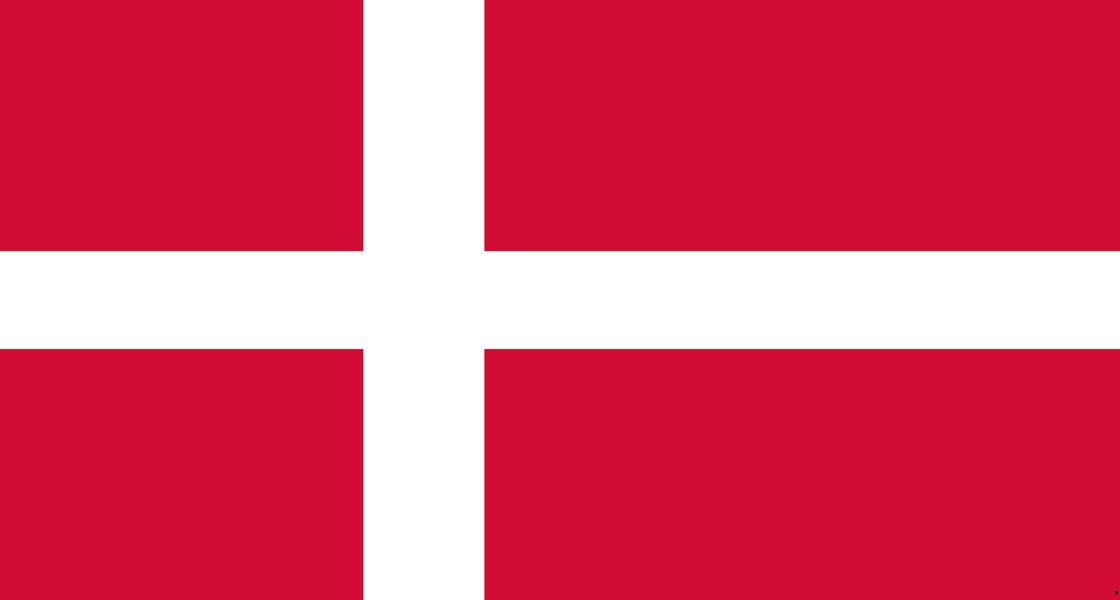
Denmark - overview
Denmark (Danish: Danmark) is a Nordic nation situated in the south-central part of Northern Europe. It is the most populous part of the Kingdom of Denmark, which also includes the autonomous regions of the Faroe Islands and Greenland. Denmark covers an area of 43,094 square kilometers and has a population of approximately 5.9 million people, with the capital city, Copenhagen, being the largest urban center. Denmark is bordered by Germany to the south, and it shares maritime borders with Sweden and Norway. Known for its flat, arable land and temperate climate, Denmark boasts a rich history as a maritime power since the 8th century. Today, it is a developed country with a high standard of living, known for its welfare state model, strong economy, and influential political system. Denmark is a member of numerous international organizations, including the European Union, NATO, and the United Nations.
Danish Cuisine
Danish cuisine has evolved from the peasant population's use of local produce, enriched by cooking techniques developed in the late 19th century and the wider availability of goods post-Industrial Revolution. A hallmark of Danish cuisine is the open sandwich, known as smørrebrød, typically prepared with a variety of ingredients and considered a national specialty. Traditional hot meals are meat or fish-based, with dishes like flæskesteg (roast pork with crackling) and kogt torsk (poached cod) being particularly popular. The use of ground meats became prevalent during the industrial era, leading to enduring favorites such as frikadeller (meatballs), karbonader (breaded pork patties), and medisterpølse (fried sausage). Danish cooking also reflects historical influences, utilizing tropical spices like cinnamon, cardamom, nutmeg, and black pepper, introduced through trade and continental connections. Recently, the new Danish cuisine movement, focusing on high-quality local produce, has garnered international acclaim, contributing to the global reputation of Danish restaurants.
Mushrooms in danish kitchen
Mushrooms in danish kitchen play a significant role, adding depth and flavor to various dishes. The most commonly used mushrooms in danish cuisine include:
- Chanterelles - prized for their delicate flavor, often sautéed with butter and herbs.
- Boletes - known for their robust and earthy taste, used in soups and stews.
- Oyster mushrooms - with a mild, slightly sweet flavor, perfect for stir-fries and risottos.
- Champignons - versatile and widely used in a variety of dishes, from salads to sauces.
These mushrooms enhance the rich and hearty flavors typical of danish dishes, making them a beloved ingredient in danish restaurants.
Danish dishes with mushrooms
Danish cuisine features an array of delicious danish dishes with mushrooms, showcasing their versatility and enriching the overall taste. Popular danish dishes with mushrooms include:
- Frikadeller - meatballs often paired with mushrooms, adding a savory depth to the dish.
- Smørrebrød - open-faced sandwiches creatively topped with mushrooms, providing a delightful texture and flavor.
- Hønsekødssuppe med svampe - a comforting poultry soup that incorporates mushrooms for an earthy, satisfying taste.
These dishes are staples in danish restaurants, highlighting the integral role of mushrooms in danish cuisine. Whether used in soups, stews, or sandwiches, mushrooms add a unique and flavorful dimension to these classic recipes, making danish dishes with mushrooms a truly delightful culinary experience.




